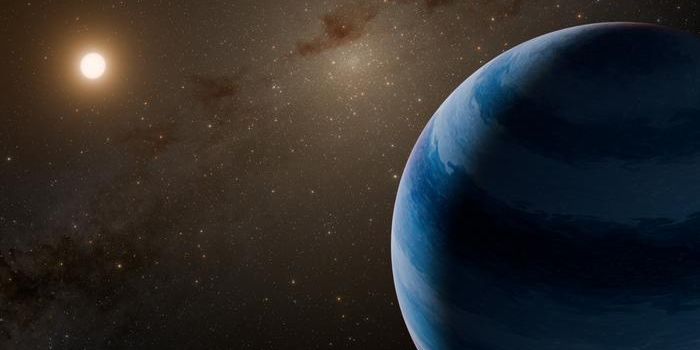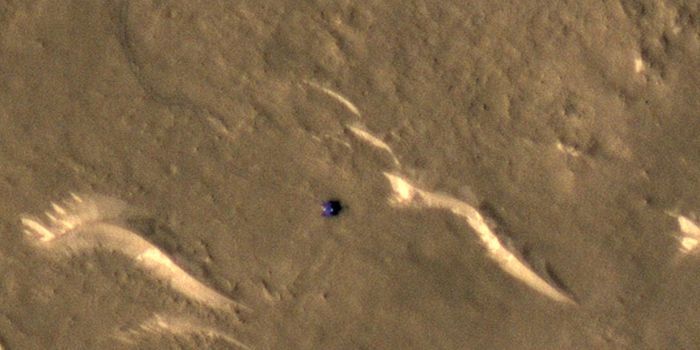Astronomers Have Found the Farthest Galaxy Group
An international team of astronomers funded in part by NASA has found the farthest galaxy group identified to date.
The trio of galaxies, called EGS77, dates to a time when the universe was only 680 million years old, or less than 5% of its current age of 13.8 billion years. Observations show that the galaxies are participating in a sweeping cosmic makeover, known as reionization.
"The young universe was filled with hydrogen atoms, which so attenuate ultraviolet light that they block our view of early galaxies," said James Rhoads at NASA's Goddard Space Flight Center in Greenbelt, Maryland, who presented the findings on 5th January at the 235th meeting of the American Astronomical Society in Honolulu. "EGS77 is the first galaxy group caught in the act of clearing out this cosmic fog”, he added.
In its earliest phase, the universe was a glowing plasma of particles, including electrons, protons, atomic nuclei, and light. Atoms were not able to exist at that time. After the universe expanded and cooled for a period of about 380,000 years, electrons and protons combined and formed the first atoms, 90% of which were hydrogen. Hundreds of millions of years later, this gas formed the first stars and galaxies. But the very presence of this abundant gas makes the finding of galaxies from the early universe really challenging.
EGS77 was discovered as part of the Cosmic Deep And Wide Narrowband (Cosmic DAWN) survey, for which Rhoads serves as principal investigator.
The team imaged a small area in the constellation Boötes using a custom-built filter on the National Optical Astronomy Observatory's Extremely Wide-Field InfraRed Imager (NEWFIRM), which was attached to the 4-meter Mayall telescope at Kitt Peak National Observatory near Tucson, Arizona.
"While this is the first galaxy group identified as being responsible for cosmic reionization, future NASA missions will tell us much more," said co-author Sangeeta Malhotra at Goddard. "The upcoming James Webb Space Telescope is sensitive to Lyman alpha emission from even fainter galaxies at these distances and may find more galaxies within EGS77”, she added.
Source: NASA, Phys.org








